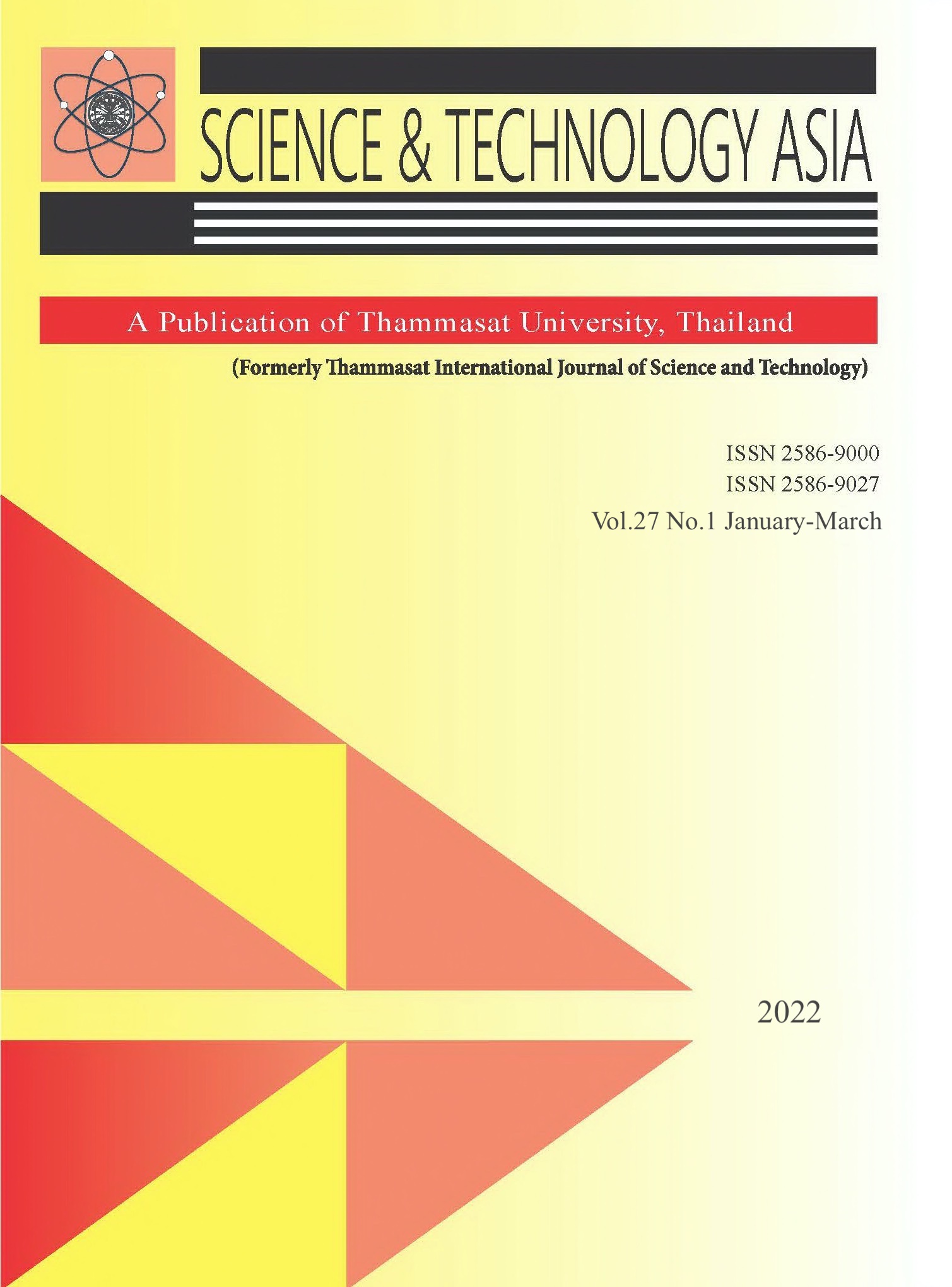Relationship Between Core Muscle Strength and Power, Pelvis-Hip Biomechanics, and Golf Performance
Main Article Content
Abstract
Biomechanical and physical fitness characteristics, in particular the strength and power of trunk and pelvis are important factors influencing the performance of rapid movements of upper and lower extremities. The golf swing is a rapid movement of upper trunk and upper limb. The objective of this study was to investigate the correlation between core muscle strength and power, pelvis-hip biomechanics, and performance during golf swing. Twenty-two golfers aged from 17 to 33 years participated in this study. Core muscle strength and power were assessed using a medicine ball seated throw and cable weight machine. The biomechanical characteristics of pelvis-hip were recorded by a three-dimensional motion analysis system. A golf simulator was used to measure performance including club head speed, ball speed, and ball distance. Statistically significant correlations were observed between biomechanical characteristics (left hip abduction at top of swing) and golf performances (r = -0.43 to -0.51, p < 0.05). Correlations were moderate between physical fitness (core muscle strength and power) and pelvis-hip biomechanical characteristics (r = 0.43-0.54, p < 0.05). Our findings demonstrated significant correlations between left hip abduction at top swing and golf performance (focusing on ball speed and driving distance) as well as core muscle strength/power and pelvis-hip biomechanics including X-factor. Therefore, improvement of these variables may enhance performance by controlling the stability of the trunk and pelvis which in turn could lead to a more effective golf swing.
Article Details

This work is licensed under a Creative Commons Attribution-NonCommercial-NoDerivatives 4.0 International License.


